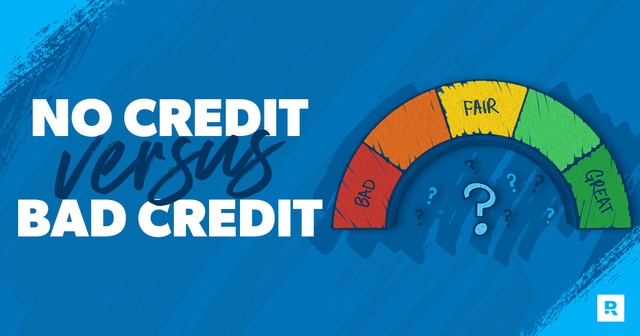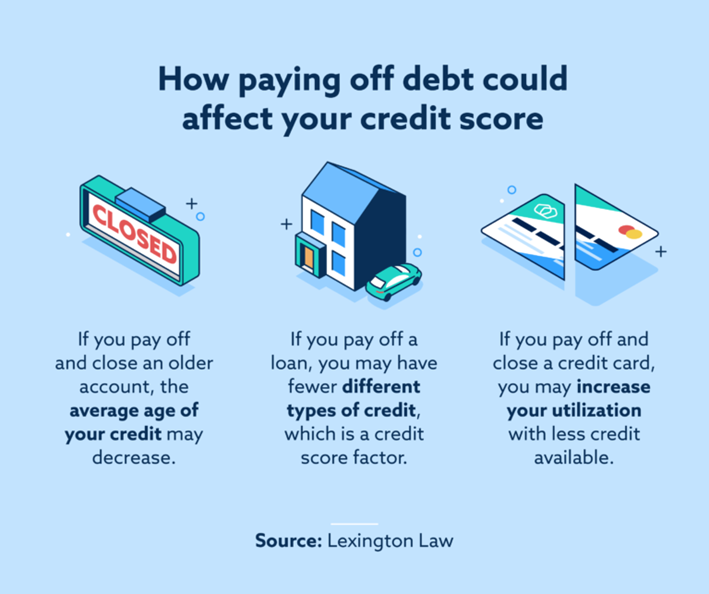
Your credit card company sends your revolving usage to the credit bureaus when they print your monthly statements. This makes it very difficult to maintain low revolving utilization. This can be avoided by scheduling a payment before the credit bureaus receive your balance. This will lower your revolving debt.
Low revolving loans balances
Credit card companies report credit bureaus about balances when they send out monthly statements. If you wait until the last day of each month to pay your balance, your monthly revolving rate will be higher. This can make it more difficult to keep your debt balance low. However, you can set up a schedule for payment to be made before your creditor reports your balances to the credit bureaus.
Keeping your revolving debt balances low is important for maintaining a good credit score. Credit cards are expensive and have high interest rates. Your best bet is to avoid these types of debt altogether. These three steps will help you optimize your credit score.
Revolving debts to be paid down
It is not a new idea to reduce revolving credit utilization. Revolving credit is a type or credit card that has a monthly repayment. Important to remember that installment loans do not count as revolving. However, credit cards and home equity lines of credit may be counted toward credit utilization. There are good news: you can decrease your revolving loan balances and improve the credit utilization score by paying your balances.

Revolving loans can be reduced best by being paid off in full. This will allow you to access more money as and when you need it. The interest will accrue if you are unable to pay the full amount.
Account limits can be lowered
It's important that you work with the lender to make good on a reduced credit limit. Explain the situation to the company. You might be able raise your credit limit. If you are not able to get a creditor, you may be able to call another one. This could be a chance to improve your credit score if you have a poor credit history.
Your credit limit is the maximum amount of credit you are allowed to spend with your financial institution. It is often determined by your credit history and income. This limit can impact your credit score, credit access and future credit.
Lowering credit card debts
Borrowers should be aware that the credit score factor of recurring utilization is important. It is the total credit card limit that is exceeded by credit card balances. A low revolving usage percentage is better for credit ratings than a high one. There are many ways to reduce your revolving utilization without negatively impacting your credit score.
Credit card balances are a very common financial problem. It is vital to pay your credit card balances off as soon and as quickly as possible. In general, your goal should be to pay off all credit card balances by the due date. This can help you avoid carrying over your balances to the next month. It is also helpful to spread your spending across multiple cards to avoid maxing out a single one.

Repayment of home equity credit
A home equity loan of credit (HELOC), which is a revolving line secured to a borrower's house, is a line of credit that can be used for revolving purposes. It allows borrowers to borrow as much money as they need, up to the credit line's maximum limit, and has flexible repayment terms. It can be used for large, recurring expenses like a major home remodel, as well as unexpected expenses like medical bills.
A home equity line credit has a repayment period that includes both principal and interest payments. The amount of equity you have in your house will affect the length of your repayments. Most lenders will allow you to borrow as much as 80%. You have the option of a fixed interest rate or a variable one.